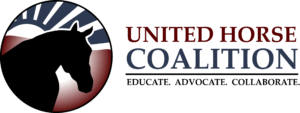COVID-19 may cause an increase in horse surrenders
JAVMA News
News Express
By Kaitlyn Mattson
Published on July 10, 2020
Equine welfare experts are working to prevent and prepare for a potential surge in horse surrenders because of COVID-19–related financial challenges.

“Horses are expensive, there is no polite way to say it,” said Emily Stearns, the program manager of the Equine Welfare Data Collective, a program created by the United Horse Coalition to collect data and track equine welfare trends. “If people are losing their jobs, they’re at risk of downsizing and not being able to house their horse.”
In May, the unemployment rate was 13.3%, according to the most recent data from the U.S. Bureau of Labor Statistics.
Stearns said one of the differences between large and small animal sheltering is cost. While small animal veterinary care can be expensive, equine care can be three times the price.
“Financial awareness has always been a front-and-center issue in supporting at-risk horses,” Stearns said. “Financial difficulties are always going to have a large cause and effect in equine welfare.”
One of the goals of the United Horse Coalition is to help at-risk horses. In recent efforts, the coalition has released an Equine Resource Database for horse owners to find help.
“My hope is people are getting what they need,” said Ashley Harkins, director of the United Horse Coalition. “We have come up with resources for horses at risk to prevent horses from entering the sheltering system.”
The equine community has seen an increase in grant funding and nonprofit support since March from organizations such as the American Society for the Prevention of Cruelty to Animals. Hay banks, community efforts that help feed horses during challenging times, have been key supporters for horse owners during the pandemic.
“When the country closed for quarantine, it was obvious the industry was going to have to figure something out for lesson horses, pets, draft horses for pulling, and other working equines,” Stearns said.
Stearns and Harkins are both concerned about support running out for the equine community.
“The industry is trying to figure out what support is going to be needed in six to nine months,” Stearns said. “We have spoken anecdotally to veterinarians about what they’re concerned about, and their clients are thinking this is a six-month problem, so they’ve delayed care. But if there is a second wave and more financial impacts, that is going to be when owners are going to have to make tough choices.”



